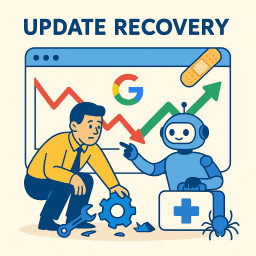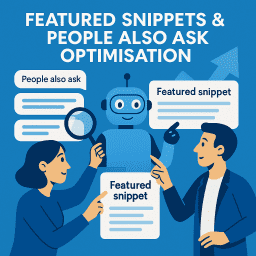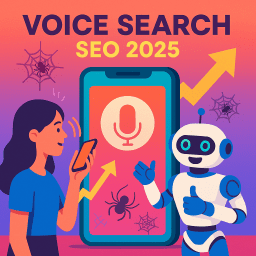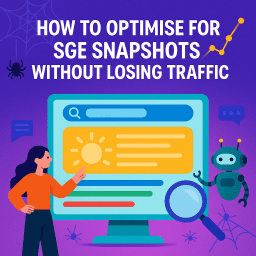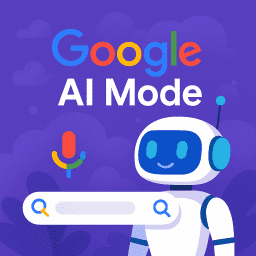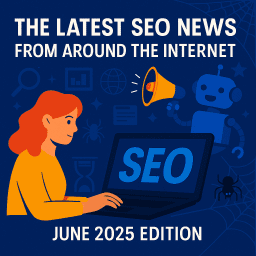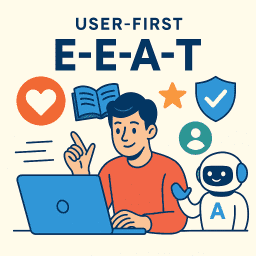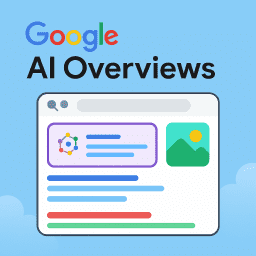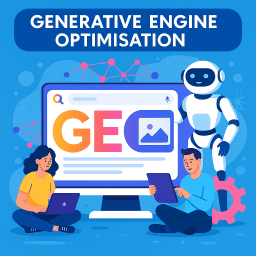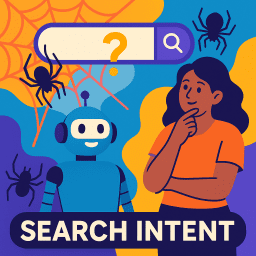Snippets. AI. PAA. Here’s How to Reclaim Your Lost SEO Clicks
Why ranking #1 no longer guarantees a click
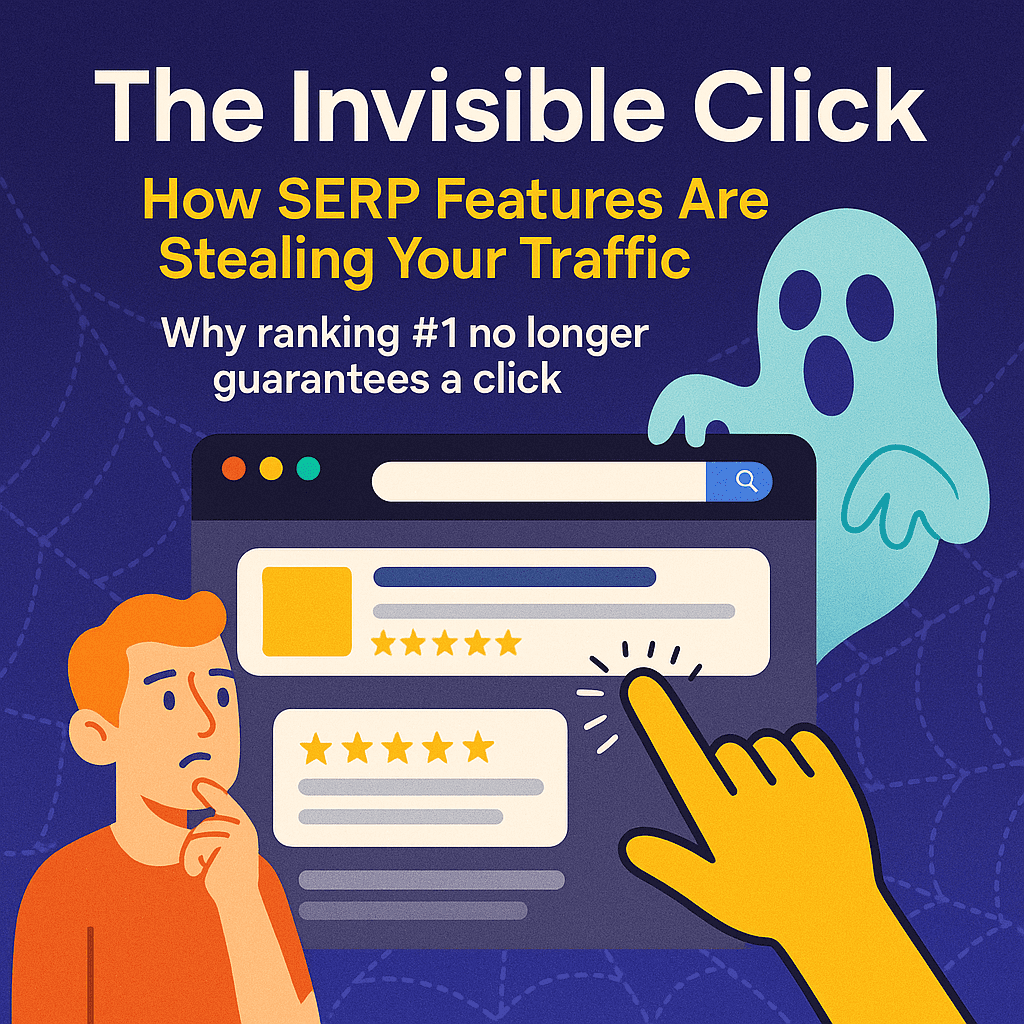
🔍 Why You’re Invisible at #1 — And How to Fix It
🕵️ You’ve done everything right. Your page ranks #1. Your content is well-optimised. The title tag sings. But… nobody’s clicking.
Welcome to the era of the invisible click—where Google’s own SERP features steal attention, answers, and even traffic from the very sites they once rewarded.
This isn’t a conspiracy. It’s a fundamental shift in how search works. And if you don’t adapt, your organic traffic may keep shrinking even as your rankings stay strong.
📉 The Rise of Zero-Click Searches
According to multiple studies, over 50% of Google searches end without a single click. That means more than half of users get what they need right on the results page—and never visit a website.
Why? Because Google is now a destination, not just a directory.
The main culprits:
- Featured Snippets – Give the answer directly in the SERP
- People Also Ask (PAA) Boxes – Encourage users to expand questions without clicking away
- AI Overviews – Summarise multiple sources with no attribution link upfront
- Knowledge Panels – Show key info without ever leaving Google
- Instant Answers – Time, weather, definitions, calculations, etc.
The result? Less attention, fewer clicks—even when you’re at the top.
🔍 Featured Snippets: The Double-Edged Sword
Getting a featured snippet used to be a badge of honour. Now it can feel like a poisoned chalice.
While snippets increase visibility, they often reduce CTR (click-through rate)—especially for simple informational queries. Why click through when the answer is right there?
What you can do:
- Make the snippet a teaser, not the full story – Answer clearly, but encourage users to click for the “how” or “why”
- Use tables, lists, and subheadings – These formats increase your chances of winning the snippet
- Track changes – If traffic drops after getting a snippet, test reformatting or removing snippet bait
🙋♂️ People Also Ask: Google’s Infinite Loop
PAA boxes are addictive. Users click one question, more questions appear. Before they know it, they’ve spent five minutes on the SERP without leaving it.
The problem? Your content might be quoted in a PAA—without getting a visit.
What you can do:
- Include common follow-up questions in your content
- Use FAQ schema to help your answers appear in PAA
- Structure answers under H3 subheadings so Google can extract them easily
🤖 AI Overviews: The Newest Click Killer
Google’s AI-generated answers, previously known as SGE (Search Generative Experience), now appear at the top for many queries. They summarise multiple sources—but don’t always include visible links.
It’s helpful for users. But for publishers? It’s a traffic black hole.
What you can do:
- Use strong branding – Mention your site name in intros or mid-content where AI may pull
- Optimise for long-tail questions – AI summaries are often weaker for specific or nuanced queries
- Monitor how your content appears – Use tools like Ahrefs or SEOTesting to track AI impact
📊 CTR Psychology: Why People Don’t Click Even When You Rank
It’s not just about Google’s features—it’s about how users behave now:
- They scan, don’t read
- They trust branded results more
- They’re conditioned to get quick answers
That means your page title, meta description, and snippet preview need to sell the click—not just describe the content.
Tips to improve CTR:
- Use power words like “Surprising”, “Hidden”, “Best”
- Include numbers or dates where relevant
- Ask a question in the meta description
- Test capitalisation or punctuation changes (“How to…” vs “HOW TO…”)
🔒 The Branded Safety Net: Why E-E-A-T and Entity SEO Matter More Than Ever
With fewer clicks available, brand recognition becomes the deciding factor. If a user sees your name in a snippet or AI box and knows you, they’re far more likely to click through.
How to build brand visibility:
- Create consistent author bios and organisation schema
- Use your brand name naturally in titles and body copy
- Get mentioned (not just linked) on trusted industry sites
🎯 How to Win in a Zero-Click World
Let’s be honest: you won’t win every click. But you can optimise for visibility and impact.
1. Track what matters
- Use Google Search Console to compare impressions vs. clicks
- Monitor changes around PAA/snippet/AI SERPs
2. Target deeper intent
- Optimise for queries that require explanation, comparison, or action
- AI and snippets are weakest on “how to” or step-by-step guides
3. Use schema strategically
- Add FAQ, HowTo, Product or Review schema
- This improves rich snippet eligibility without giving too much away
4. Build topical authority
- Interlink related content into clusters
- Cover every angle of your niche so Google sees you as the expert
🧠 What the Experts Are Saying
“Ranking first doesn’t mean what it used to. The new game is visibility—on your terms.” — Aleyda Solis
“If your brand is strong, people will click through. If not, Google keeps the user.” — Lily Ray
“Don’t fight zero-click searches—design your content to thrive within them.” — Cyrus Shepard
📝 Recap and Clarify: Post-Specific FAQs
What is a zero-click search?
A zero-click search happens when a user gets the answer directly on the Google results page and doesn’t click on any website.
Are featured snippets bad for SEO?
Not always. They increase visibility but may reduce clicks. It’s important to format content to encourage curiosity and further exploration.
Can I stop Google from using my content in AI Overviews?
You can opt out using specific meta tags, but this may impact other features. Most brands choose to optimise for visibility rather than opt out completely.
Also Read:
How to Optimise for SGE Snapshots Without Losing Traffic
💬 Final Thought
“Visibility without clicks is the new SEO battleground. If you want to win, you need to be the answer and the destination.” — David Roche


